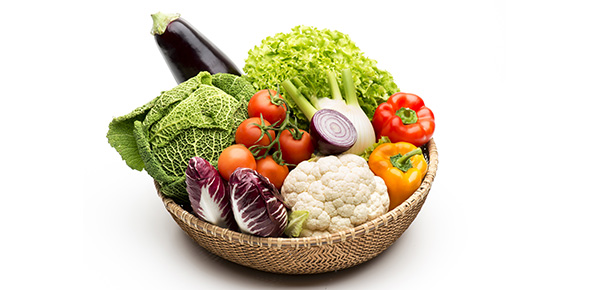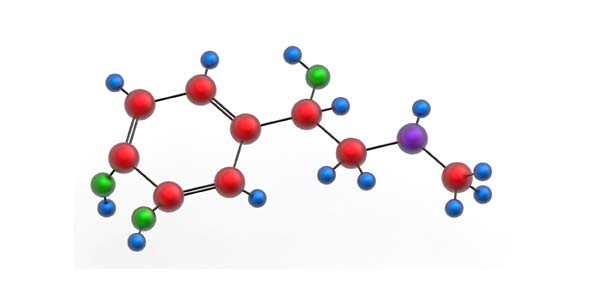Related Flashcards
Related Topics
Cards In This Set
| Front | Back |
|
Training effect
|
An increase in functional capacity of muscles and other bodily tissues
as a result of increased stress (overload) placed upon them.
|
|
Homeostastis
|
The automatic tendency to maintain a relatively constant internal environment
|
|
Metabolism
|
The chemical processes occurring within a living cell or organism that
are necessary for the maintenance of life. Some substances are broken
down to yield energy for vital processes while other substances,
necessary for life, are synthesized.
|
|
Anabolism
|
The building up in the body of complex chemical compounds from simpler compounds (e.g., proteins from amino acids).
|
|
Catabolism
|
The breaking down in the body of complex chemical compounds into simpler ones (e.g., amino acids to individual proteins).
|
|
Metabolic Set Point
|
The base rate of metabolism that your body seeks to maintain; results in your basal metabolic rate
|
|
Basal metabolic rate
|
The minimum energy required to maintain the body’s life function at
rest. Usually expressed in calories per hour per square meter of the
body surface
|
|
Kilocalories
|
The amount of energy released when food is digested.
|
|
Calorie
|
A unit of heat.
|
|
Thermogenic effect
|
The heat liberated from a particular food is thus a measure not only of
its energy content but also of its tendency to be burned as heat.
|
|
Respiratory quotient
(RQ)
|
A method of determining the “fuel
mix” being used giving us a way to measure the relative
amounts of fats, carbohydrates, and proteins being burned
for energy.
The formula for calculating RQ is: RQ = volume of CO2 expired ÷ volume of O2 utilized |
|
ATP/CP pathway
|
ATP and CP provide anaerobic sources of
phosphate-bond energy. The energy liberated from hydrolysis (splitting)
of CP re-bonds ADP and Pi to form ATP.
|
|
Glycolic pathway
|
Glucose is broken
down to produce energy anaerobically.
|
|
Oxidative pathway
|
Oxygen combines
with lactic acid resynthesizing glycogen to produce
energy aerobically.
|
|
Pyruvat
|
A byproduct of
glycolysis.
|





